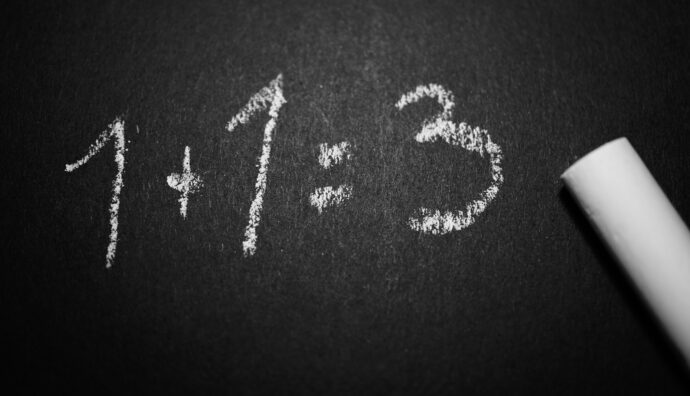Doing well. Doing wrong.
A world opens up right behind and inside the words. A world made of attitudes, actions, beliefs. A world made of enormous chances and equally enormous misunderstandings.
In the world of Martial Arts, as well as in the larger world of human activity, we all witness two extreme realities. On the one hand the “hard and pure“, on the other the hypersensitive ones.
Each of us could make an identikit, assigning names, surnames, faces, groups and organizations to the “hard and pure”. It’s so easy to label others!
There is one thing that is particular about the hard and pure. Not only are they convinced that they are the custodians of the only correct way to practice, thanks to the divine vision received in the locker room of their Dojo in 3489 BC. by their founder or soke or whatever. They are usually people characterized by a very physical practice.
The kind of people who show up at events or classes and the first thing they tell you is that for them practice is “sparring to death“. It doesn’t matter if the person who tells you this is coming back to the tatami after thirty years of physical inactivity.
Hypersensitive people, on the other hand, seem to live avoiding any harshness and any conflict. They usually feel disgust towards the use of force and really love a way of practicing with low physical impact and high emotional engagement.
The kind of people who sooner or later learn to handle some joint levers. And the night they are able to, during the class, break someone’s wrist.
People often inclined to develop a sort of apparent calm only due to their inability to express their point of view, both verbally and physically.
In such two extremes and in between them we find the whole range of human beings. We have all, in some way, swung our pendulum between these polarities.
It therefore happens that in the anxiety of carrying out the exercise “well”, one loses sight of the principle of integrity and does what is “wrong” to the partner. How many times have we heard the sentence of self-absolution: “After all, aren’t we practicing a Martial Art”? As if it were enough to sweep under the martial carpet the responsibility of using one’s skills to make a journey of personal growth with the other and not to the detriment of the other.
It also happens that in the anxiety of never discovering what it means to use our force and channel aggression into a technique, with the excuse of not wanting to doing nothing “wrong”, hurting someone, we do everything. Except doing what is a “well” done thing for us. We choose to clip our wings. We often prefer not to see that our social image clashes with that “thing” that every now and then emerges in our system and that would like to bend the elbow of the person in front of it in reverse, without even knowing why.
Extremes are dangerous, as is mediocrity.
Dojo machismo is dangerously limited to creating ridiculous gym sideshows. Remnants of the Japanese Middle Ages, which if it ever existed certainly did not have the appearance of middle-aged employees who for a few hours a week ensured themselves huge doses of anti-inflammatories.
Pseudo-pacifist respectability is dramatically a mirror of a mass culture that fuels inertia and failure to take a position. Perpetually exposed to passive-aggressive bipolarism, it leads to the search for the chimera of inclusion, impossible to achieve if we do not first of all define who we really are.
In the middle, that mediocrity can flare up, which can misunderstand the aims of a discipline. Which are not exclusively aimed at allowing a few people dressed in gi to spend a few peaceful hours. How many groups basically carry on by habit, without any inner reason? If we look at the effects of the pandemic and the crisis, we can see how many “whys” have been crumbled.
Doing well or doing wrong.
Certainly we must have the courage to do good. If we call it “discipline” and if we deny it the possibility of doing what is good for those who practice it, we are betraying it.
In Aikido, Morihei Ueshiba understood that the highest form of Budo was somehow using certain tools to build good. A physical practice, of course. But oriented towards building that kind of warrior who by means of elevating himself to a spiritual being, although deeply embodied, can build that dream we all call Peace.
Doing good opens up to the “hard and pure” the possibility of seeing what lies beyond the physical dimension. It opens up to understanding the existence of a plurality of visions.
Doing good opens the door to the hypersensitive to the courage to look at themselves and the clichés we use to convince ourselves that we are clear with our conscience. It gives the courage to change and inspires action. It takes us out of our thoughts and, starting from contact with other people, literally makes us get our hands dirty. It makes us more human.
Doing good dissolves mediocrity and makes better people.
Trying to do well in practice, doing good is perhaps the true objective of Budo.
Disclaimer: picture by George Becker from Pexels

